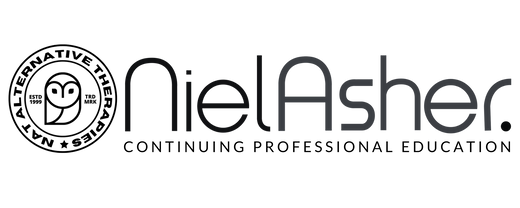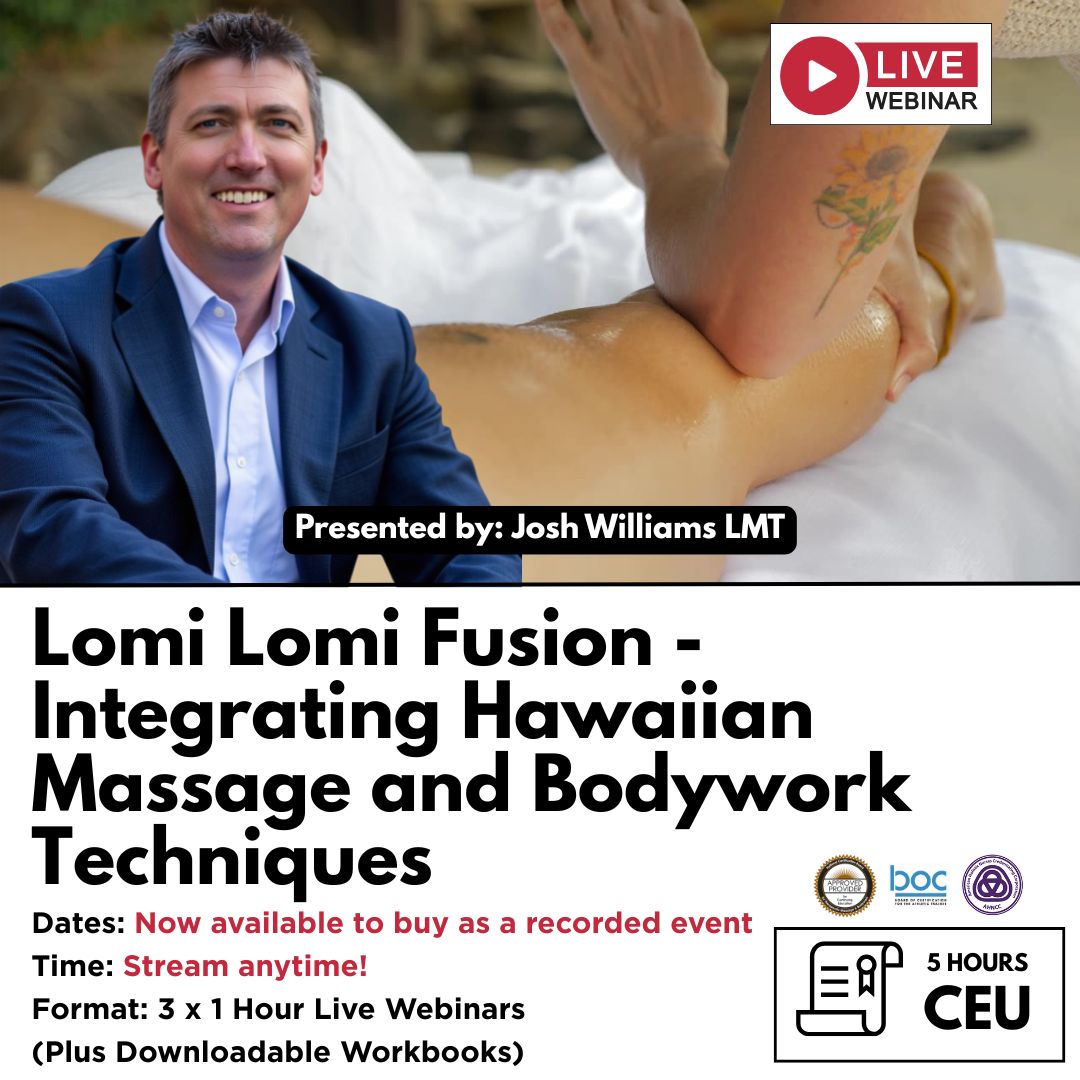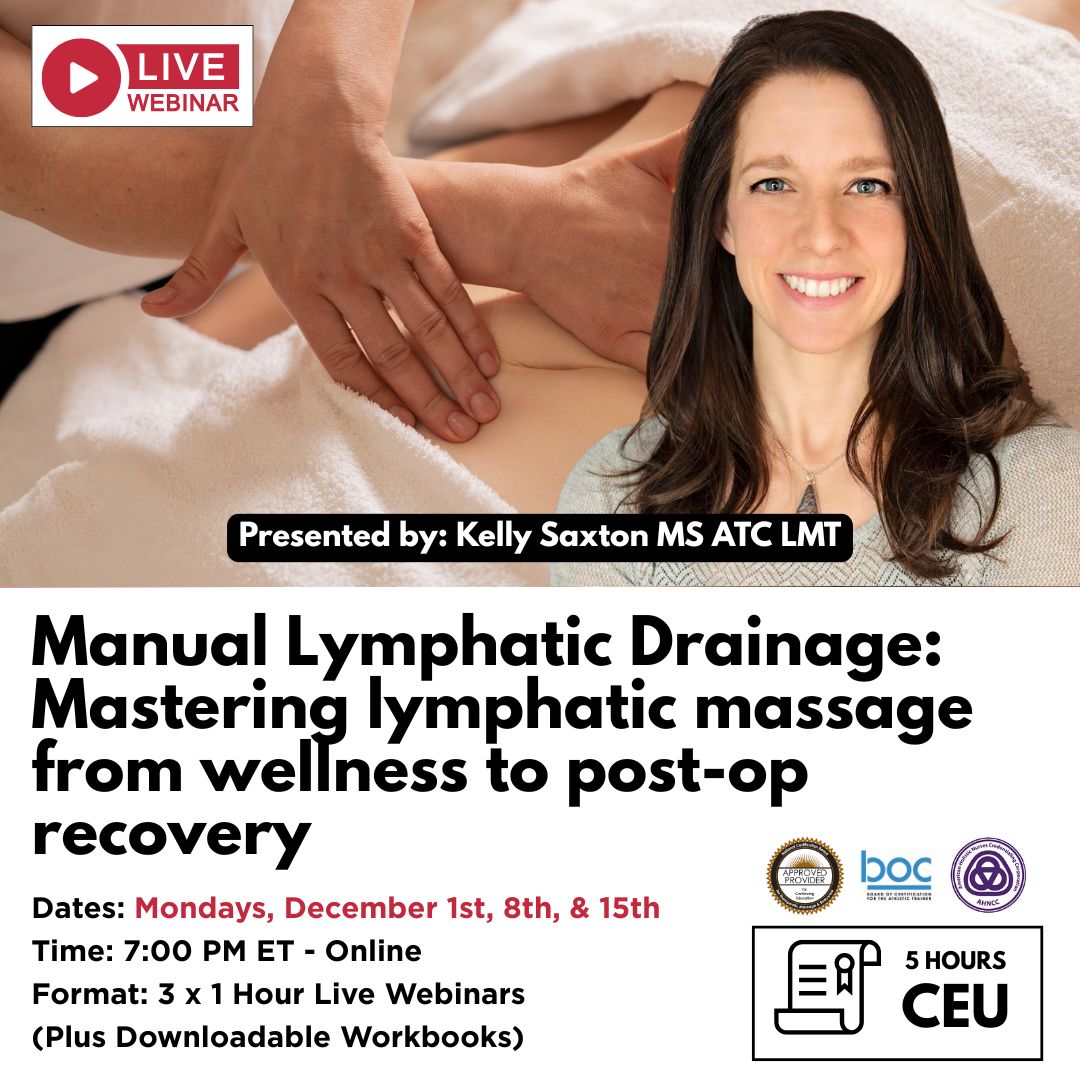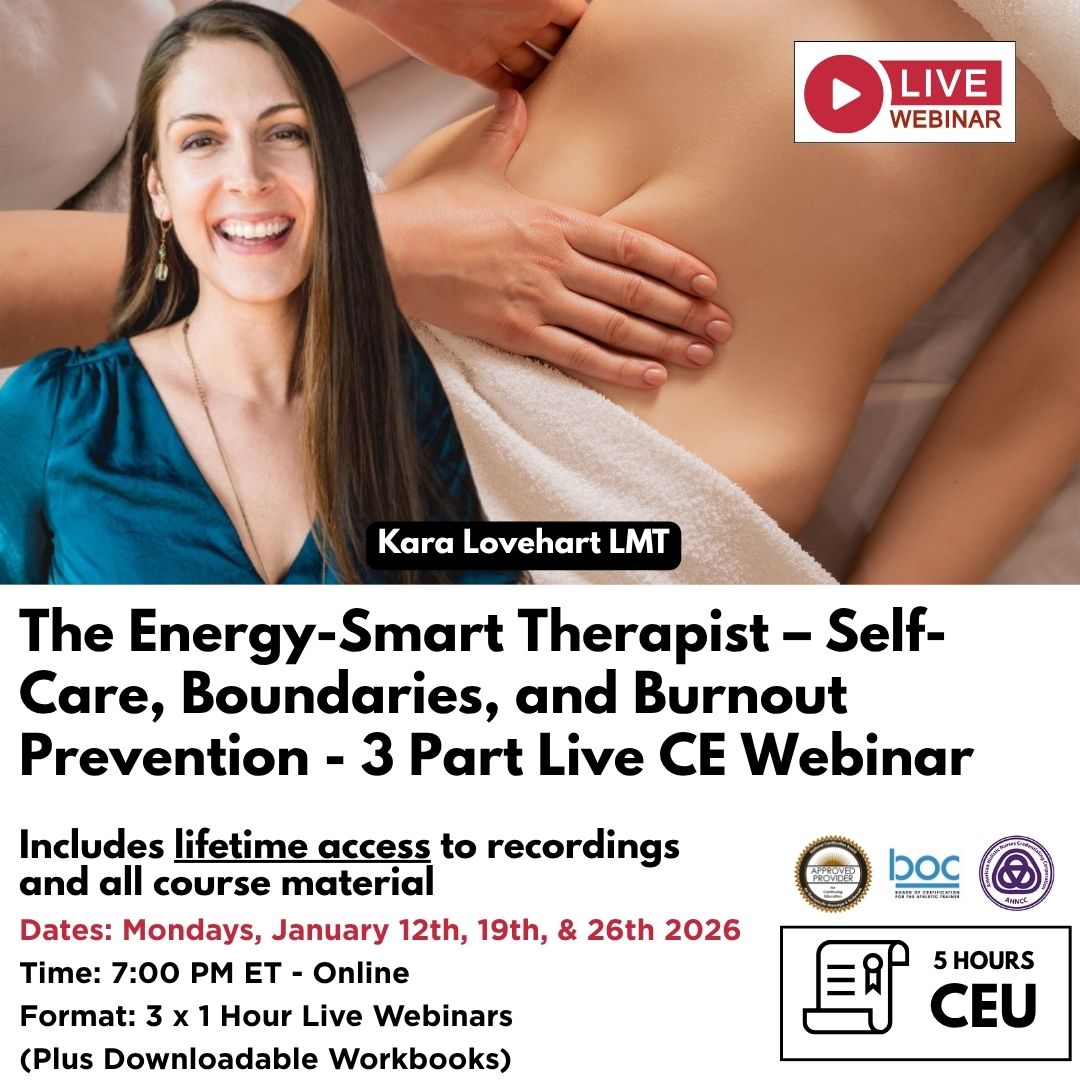Trigger Point Therapy - Treating Latissimus Dorsi

A muscle this size, covering so much of the ribcage, will also have an influence on diaphragmatic function
Treating Latissimus Dorsi Trigger Points - Dr. Jonathan Kuttner
A neuromuscular efficient core is required for the latissimus dorsi to provide the necessary forces to carry out some function at the glenohumeral joint.
Neuromuscular inefficiency sets up the foundation for repetitive stress and associated “frozen shoulder”-type symptoms. The latissimus dorsi decelerates lateral rotation, flexion, and abduction of the humerus in the glenohumeral joint.
When the insertion of the latissimus dorsi is flexed, the muscle plays a role in tilting the pelvis in an anterolateral direction.
A bilateral contraction leads to hyperextension of the lower back, with accompanying anterior tilting of the pelvis.
A muscle this size, covering so much of the posterolateral ribcage, will also have an influence on diaphragmatic function.
Any movement of the humerus will have an effect that extends into the thoracolumbar fascia and further down the kinetic chain.
Satellite Trigger Points
Concerning satellite myofascial trigger points, consider the following muscles: pectoralis major, teres major, subscapularis, triceps brachii, scalenes, upper rectus abdominis, iliocostalis, serratus anterior, serratus posterior superior and inferior, lower trapezius, and rhomboids.
Origin
Thoracolumbar fascia, which is attached to spinous processes of lower six thoracic vertebrae and all lumbar and sacral vertebrae, (T7– S5) and to intervening supraspinous ligaments.
Posterior part of iliac crest. Lower three or four ribs. Inferior angle of scapula.
Action
Extends flexed arm. Adducts and medially rotates humerus. It is one of the chief climbing muscles, since it pulls shoulders downward and backward, and pulls the trunk up to the fixed arms (therefore also active in swimming front crawl).
Assists in forced inspiration by raising lower ribs.
Antagonists: deltoid, trapezius.
Referred Pain Patterns
The latissimus dorsi generates pain in the mid-thoracic area, including the posterolateral abdominal region.
Pain of an aching nature is often reported in the inferior angle of the scapula and the posterior shoulder.
Referred pain travels down the medial aspect of the humerus into the forearm, hand, and fingers.
Axillary trigger point: a 5–10 cm zone of pain at inferior angle of scapula, with diffuse pain radiating into medial upper extremity into ulnar aspect of hand.
Lower lateral trigger point: triangular pattern from trigger point into brim of pelvis and regimental badge area.

Latissimus Dorsi - Common Trigger Point Sites
Indications
“Thoracic” back pain that is constant in nature and unrelated to activity, frozen shoulder, thoracic outlet syndrome, back pain turning in bed, dull ache under shoulder blade, sharp pain in back of shoulder when resting on elbows, pain when reaching up to a shelf or changing a light bulb.
Common Causes
Golf, racquet sports, swimming, baseball, cricket, rowing, heavy lifting, gym related, gardening, poor-fitting bra.
Differential Diagnosis
C7 neuropathy. Ulnar neuropathy. Subscapular nerve entrapment. Axillary neuropathy. Thoracic outlet syndrome. Cardiopulmonary diseases.
Trigger Point Treatment Techniques
| Spray and Stretch | YES |
| Compression | YES |
| Deep Stroking Massage | YES |
| Muscle Energy Techniques | YES |
| Positional Release | YES |
| Dry Needling | YES |
| Wet Needling | YES |
Find a Trigger Point Professional in your area
Dry Needling for Trigger Points
Certify as a Trigger Point Therapist
Education Membership Plans from $19.99/monthly
This trigger point therapy blog is intended to be used for information purposes only and is not intended to be used for medical diagnosis or treatment or to substitute for a medical diagnosis and/or treatment rendered or prescribed by a physician or competent healthcare professional. This information is designed as educational material, but should not be taken as a recommendation for treatment of any particular person or patient. Always consult your physician if you think you need treatment or if you feel unwell.
Disclaimer
The information in this article is intended for educational purposes within the context of continuing education for massage therapists, continuing education for athletic trainers, continuing education for physical therapists, continuing education for chiropractors, and continuing education for rehabilitation professionals. It is not a substitute for medical advice, diagnosis, or treatment. Although every effort has been made to ensure accuracy and reflect current understanding at the time of publication, practitioners must always work within the legal scope of their professional practice and follow all regional regulatory guidelines.
Hands-on techniques and clinical applications described in this material should only be performed by appropriately trained and licensed professionals. Individuals experiencing pain or symptoms should be referred to a qualified healthcare provider for assessment. Niel Asher Education is not responsible for any injury, loss, or damage resulting from the use or misuse of the information provided in this content.

Continuing Professional Education
Looking for Massage Therapy CEUs, PT and ATC continuing education, chiropractic CE, or advanced manual therapy training? Explore our evidence-based online courses designed for hands-on professionals.


















